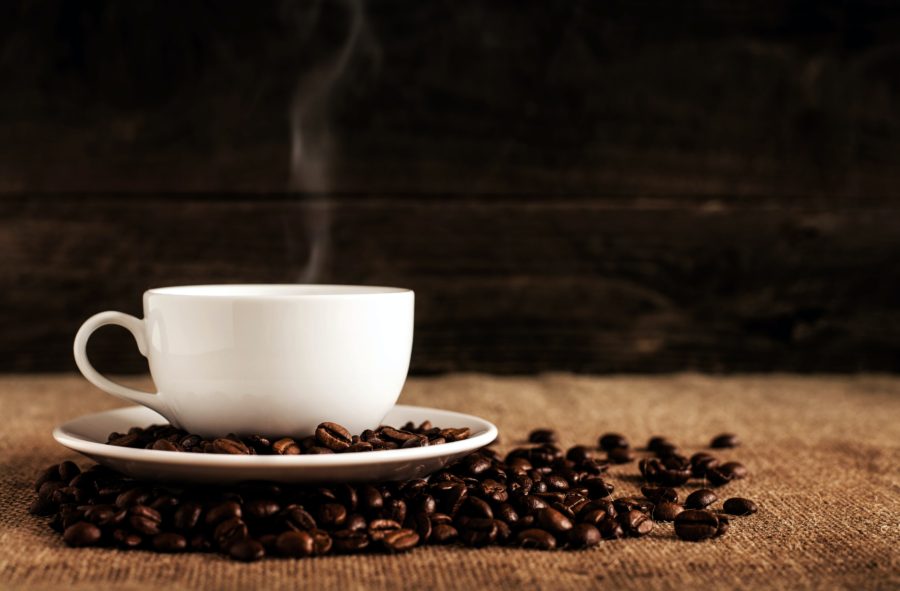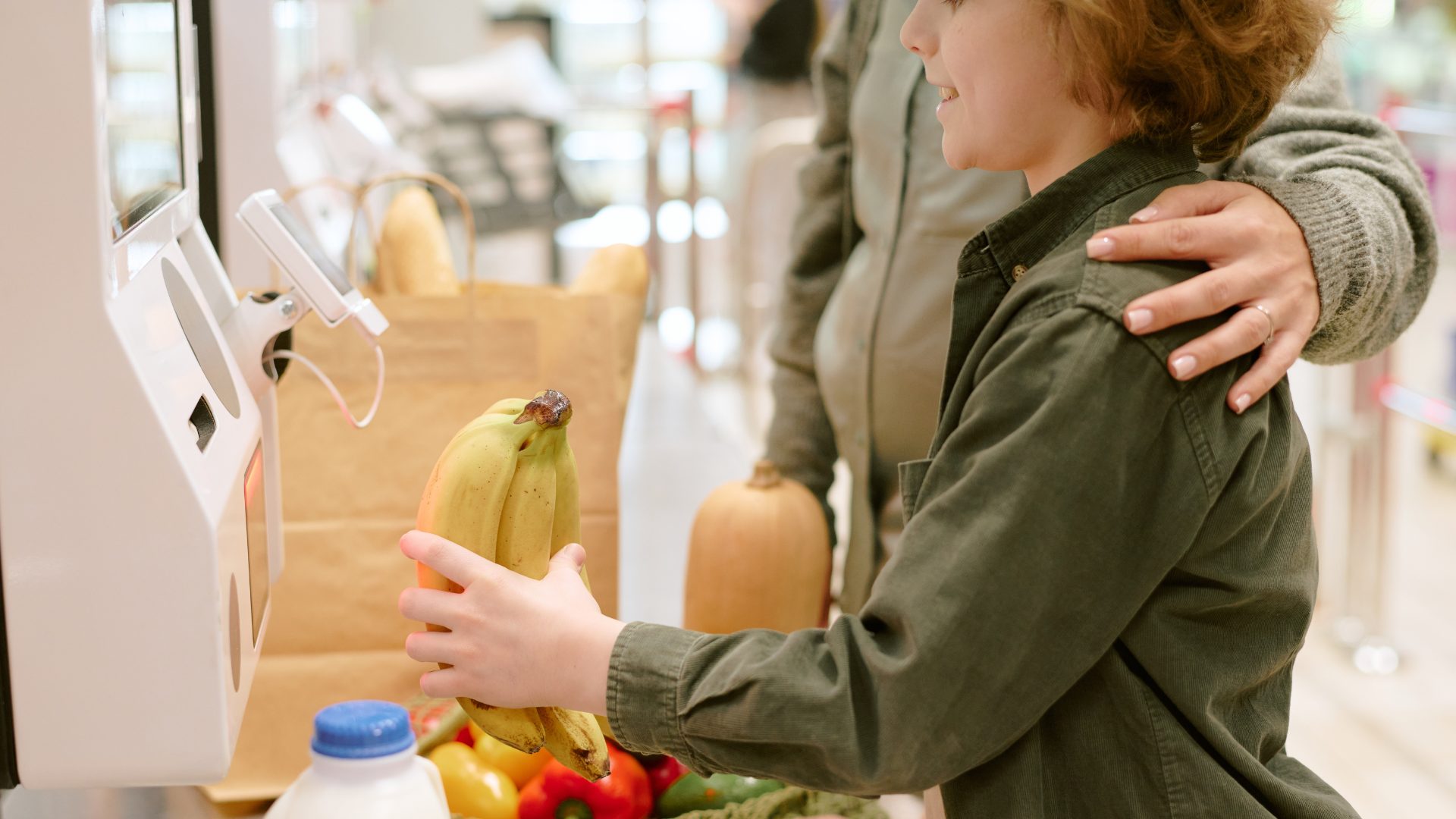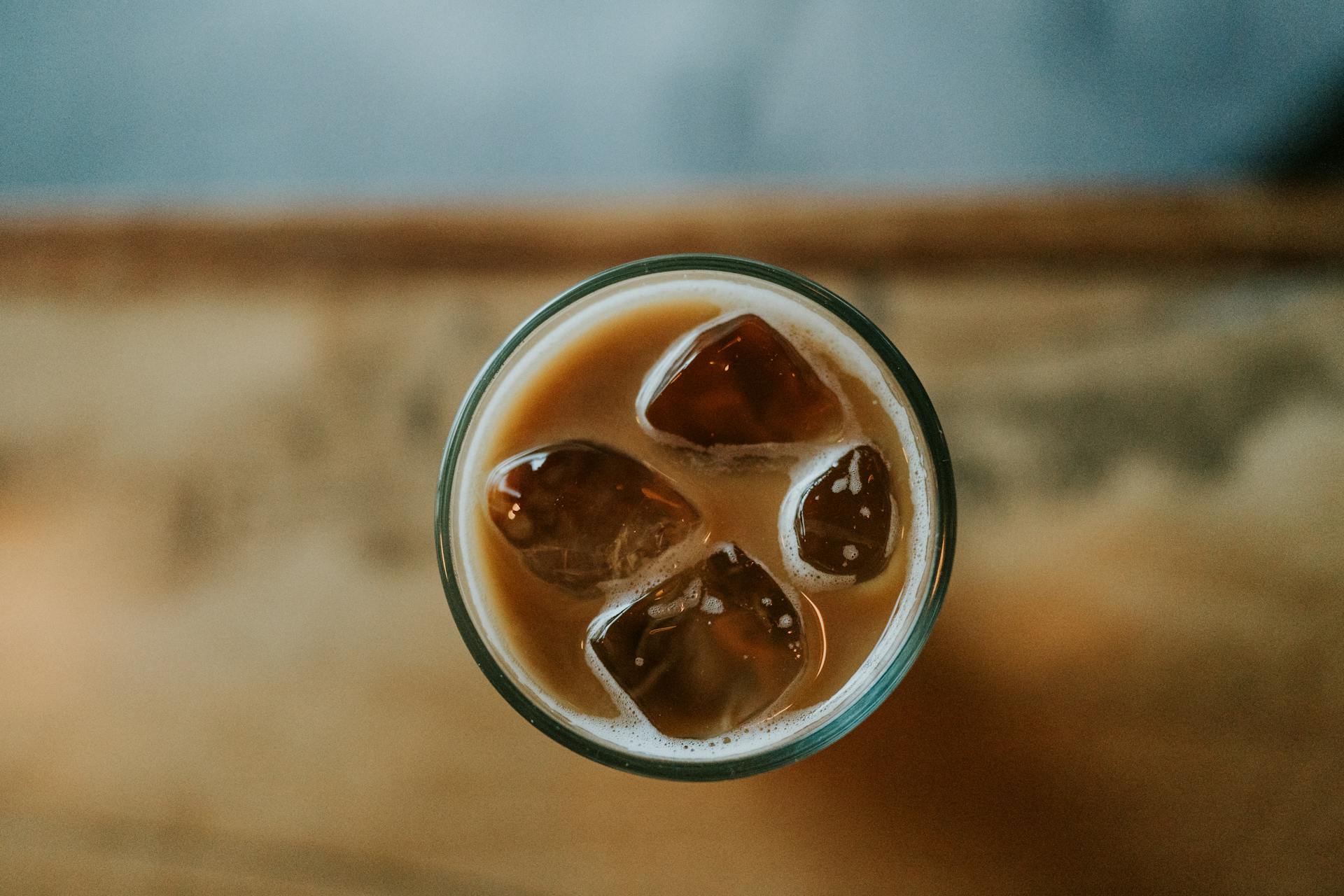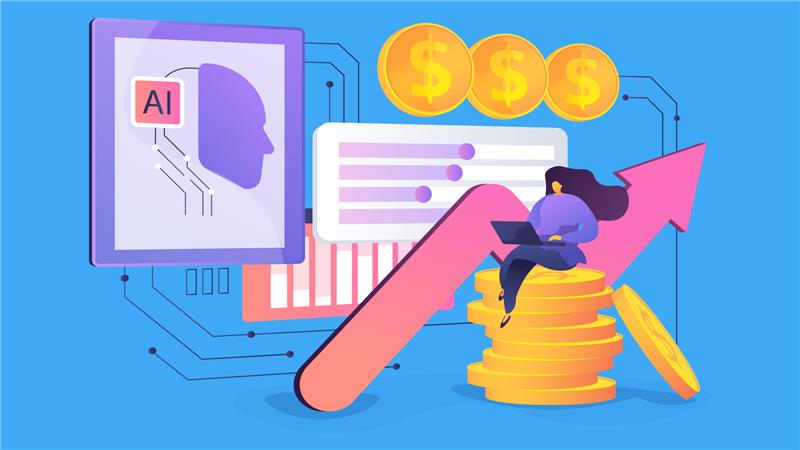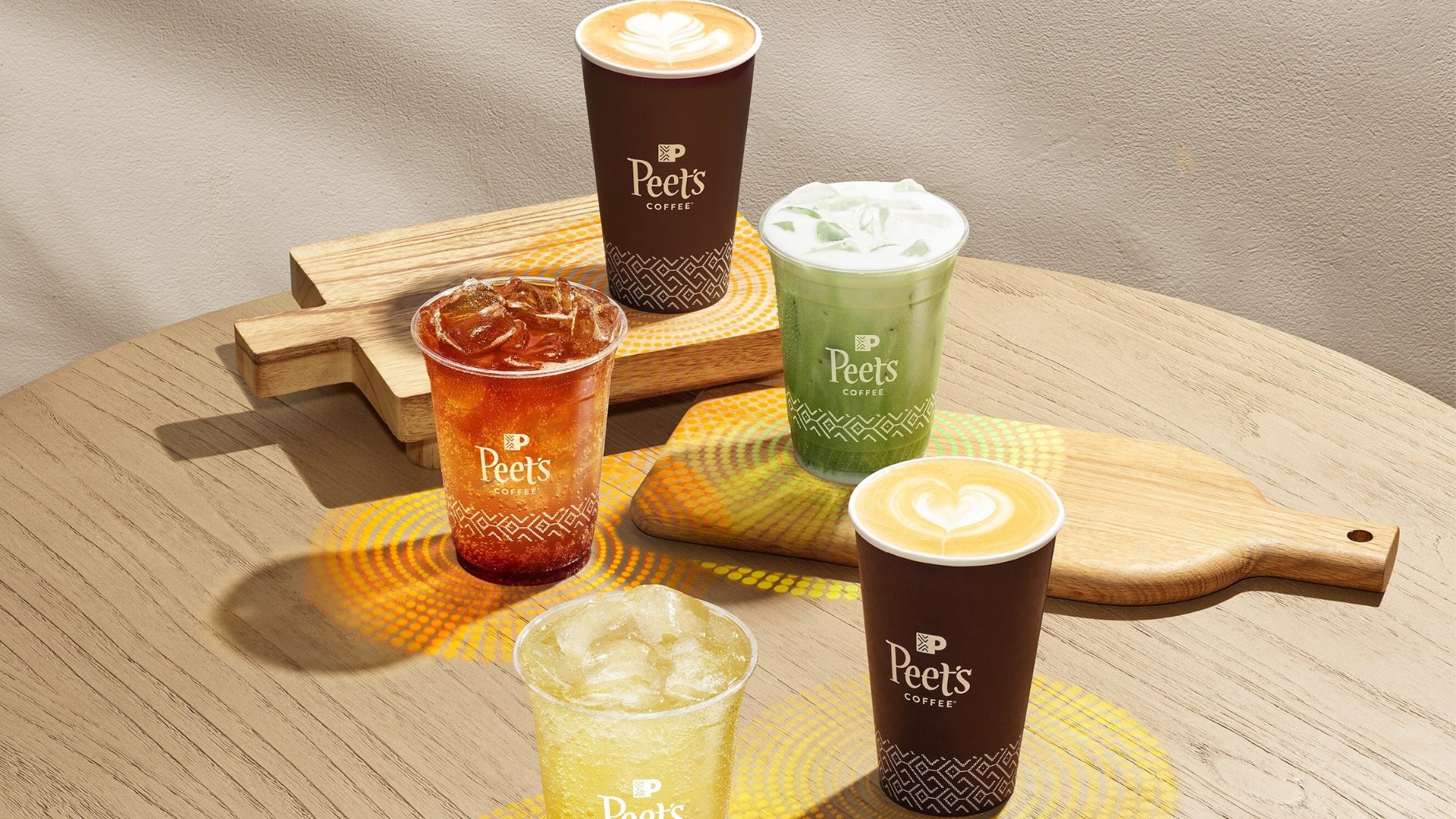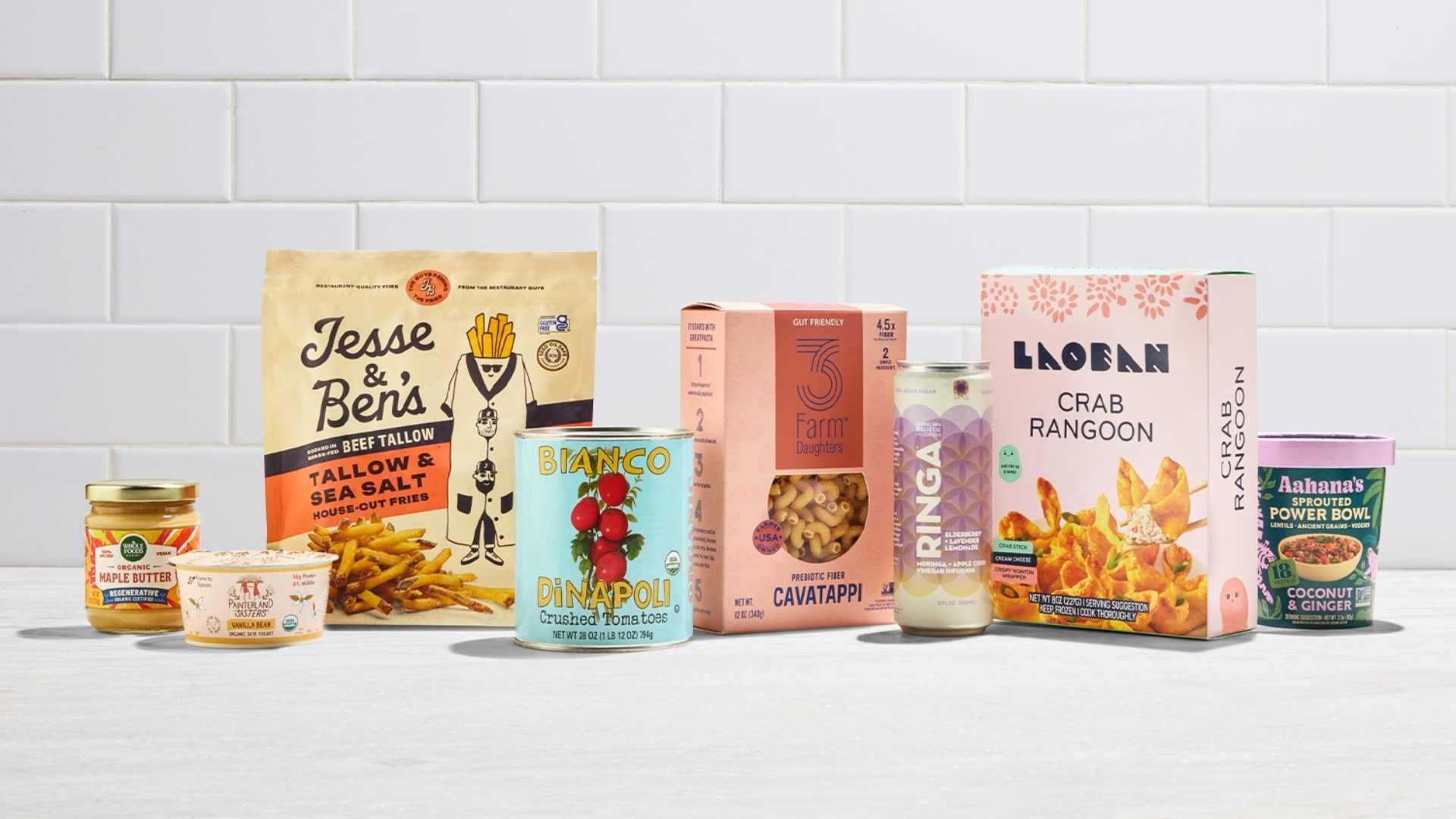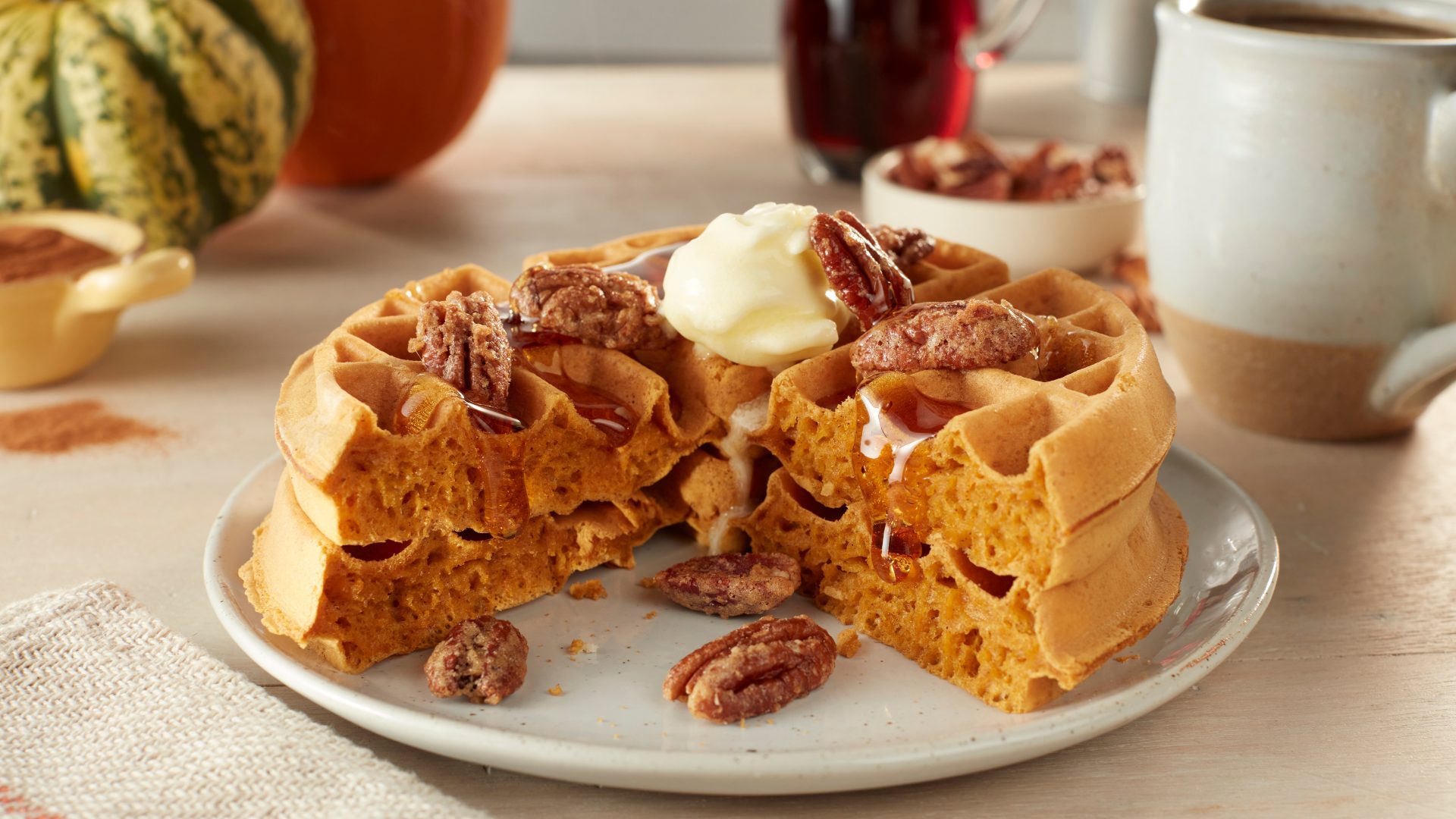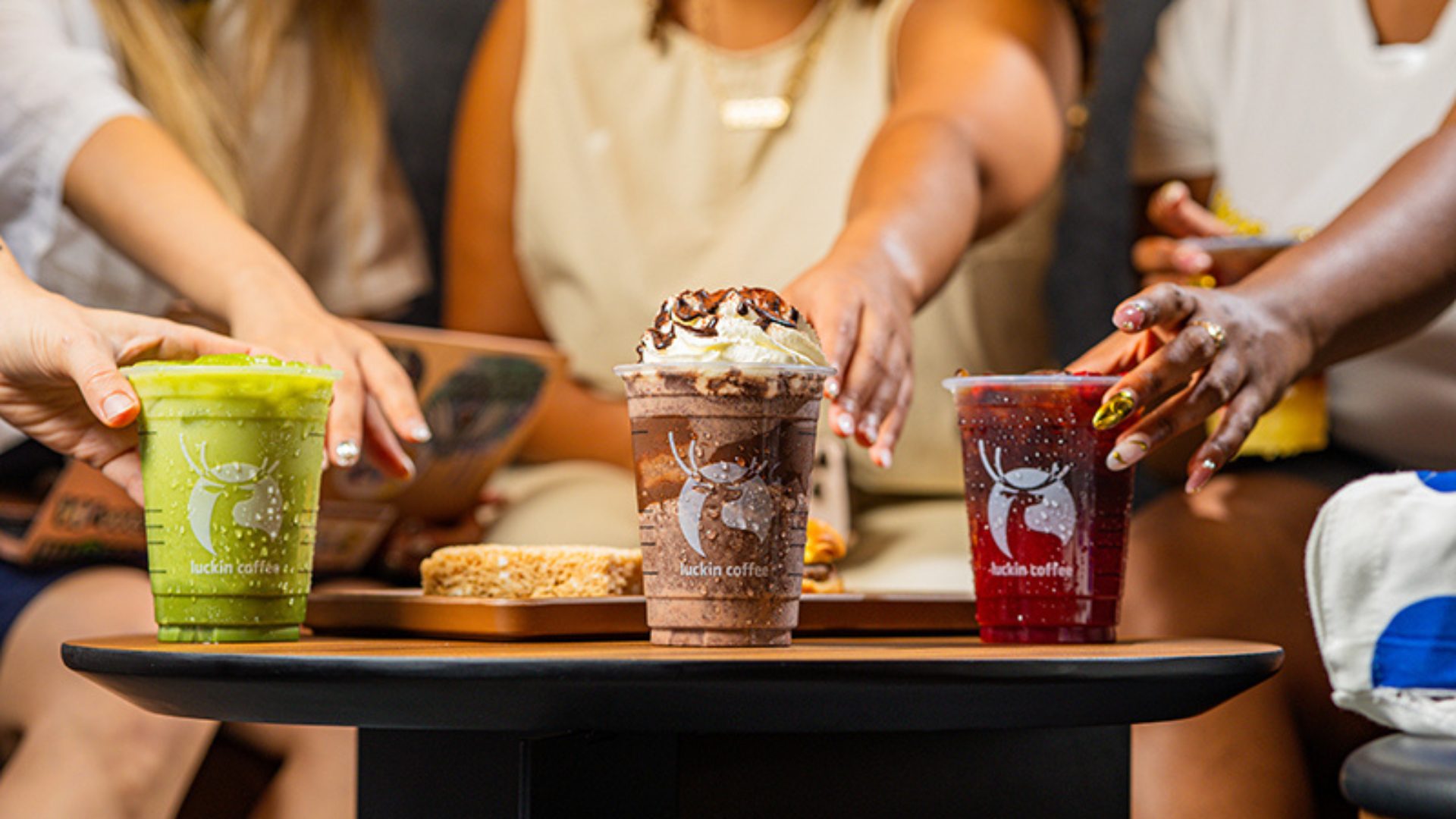The at-home coffee market is set to grow by 4.9% in 2020 to reach $15.6 billion, according to new research from Mintel. In comparison, the market experienced a total of 3.9% growth between 2015-2019.
“With Americans working from home and unable to visit their favorite coffee shops as a result of the pandemic, they have been honing in on their barista skills to get their coffee fix at home,” said Caleb Bryant, associate director, food and drink at Mintel. “Despite the fact that many Americans are facing economic uncertainty, premium and foodservice-branded coffees have an opportunity to market themselves as affordable luxuries.”
As many as two in five Americans are willing to pay more for premium coffee at home. Coffee drinkers are seeing the value of quality and flavor when it comes to choosing brands.
Foodservice branded coffees—such as Starbucks, Caribou, and Peet’s—are particularly popular as Americans turn their kitchens into coffee shops.
Gen Z consumers are leading the way in the at-home craze, with 46% drinking ready-to-drink coffees, but only 45% of Gen Z consumers drink ground coffee compared to 63% of Millennials.
Gen Zs have not yet adopted regular brewed coffee nor have they developed their preferred coffee brands. Only 33% say they typically stick to the same brand of coffee, compared to 44% of Gen X and 50% of Baby Boomers. This gives coffee brands the opportunity to build long-lasting loyalty among Gen Z.
Flavored coffee varieties can be used to appeal to the group as 42% of Gen Z are interested in unique flavors of coffee.
“Gen Zs in particular are set to adopt the trend for enjoying specialty coffee at home. Before COVID-19, many Gen Z consumers bought their coffees out, treating themselves to cold coffees from their preferred coffee chain,” said Bryant. “But with these younger consumers experiencing the sharpest rise in unemployment and already on lower incomes, they are the most price-sensitive to coffee drinks.”
Bryant noted Gen Z is likely to reduce their coffee shop purchases, possibly dramatically, depending on the severity of the recession. This gives retail brands an opportunity to connect with the generation.
Despite the at-home focus, coffee chains still rolled out the yearly pumpkin spice latte for the fall season.
Although the drink’s return wasn’t hindered by the pandemic, the coronavirus could impact how well the promotions perform as the public health crisis has pushed down overall restaurant visits, according to NPD Group. Restaurant visits overall were down 14% in July, and visits to quick service coffee and donut outlets, many of which offer pumpkin spice lattes, are down 23% and 13% respectively.
Like many limited-time offers, pumpkin spice lattes don’t usually attract new customers, but appeal to existing ones who purchase often—sometimes three times more frequently than non-buyers.
Being a limited time offer also helps lift check sizes. Among existing buyers of a major gourmet coffee chain, restaurant checks last September and October that included the beverages were $2.77 more than the average spend compared to previous months.
“Pumpkin spice lattes are a harbinger of fall,” says Darren Seifer, NPD food and beverage industry analyst. “Consumers anticipate their availability and know the drinks are only around for a short period of time and this anticipation creates demand. With foodservice visits down overall, the success of this year’s pumpkin spice latte offers remains to be seen.”
Consumers purchasing the lattes tend to have higher incomes as 61% have a household income of $75,000 and above. Fans also skew slightly more female (57%) than male and 48% are 45 years and older.


